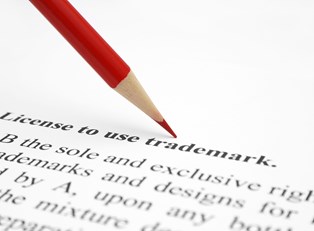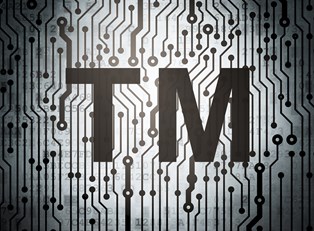You may notice that some products or phrases have a symbol at the end that distinguishes their goods or services from competitors and to build brand recognition. These two symbols may seem really similar, but some major differences set the trademark symbol and registered trademark symbol apart.
Registration
Non-registered trademarks don’t require you to register with the United States Patent and Trademark Office (USPTO), which also means it’s free for you to trademark something you’ve created. Using the symbol gives you claim to some rights, although you’ll receive much less legal protection when compared to registered trademarks.
A registered trademark requires registration with the USPTO. The application can be completed online, but it can be difficult for those who have never gone through the process previously. Registration is possible by going to the USPTO and costs anywhere from $275 to $325, according to the Wall Street Journal.
Legal Protections
Non-registered trademarks do have access to certain rights called “common law rights,” but they are limited. For example, depending on your situation, your rights may only cover a limited geographical area, and it can be difficult to enforce rights outside of your location. However, a registered trademark can help you enforce your mark within the United States and sometimes even abroad. For example, if you want to prevent the import of your product, you can request that the U.S. Customs and Border Protection do so.
Registered trademarks receive a lot more legal protection when compared to non-registered trademarks and give you an immediate legal right to defend against misuse. Choosing to register your mark provides you with the exclusive right to use your mark nationwide in connection with the goods and services provided in your registration. It also creates a legal presumption that you are the owner of the mark—which is useful against misuse of your mark. Finally, it puts the public on notice that you own your goods or service, and your information is available on the USPTO website.
Infringement
Common law rights can protect your trademark—even without registration—should someone infringe on your mark. However, it’s important to research trademark law within your state before going to court. If you have questions, it may be best to contact a trademark attorney to be sure you have legal rights before suing. For example, your rights may only protect fair use within your state, so if you live in Kansas, someone may use your mark in California legally without registration.
Registered trademarks prevent anyone from legally using your goods or services within the United States and owned territories. However, even with your legal presumption of ownership, someone else can prove that they are the rightful owner of the mark because they started using it before you. This means you may have to stop using the mark despite registration.



